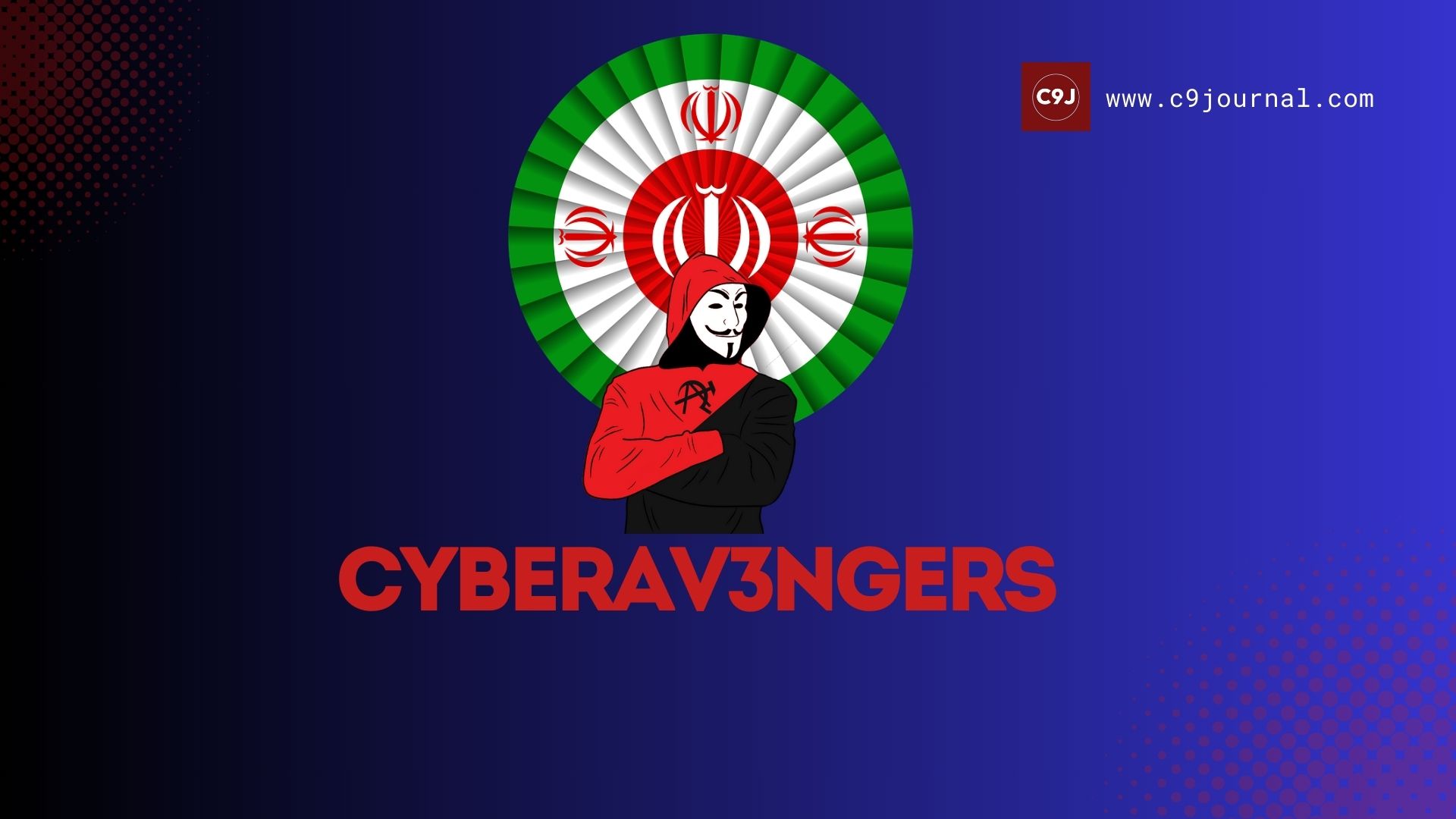
Volt Typhoon, a Chinese state-sponsored hacking group, has been actively targeting critical infrastructure in the United States. Their operations focus on sectors like energy, transportation, water, and communications, with an emphasis on stealth and persistence. Unlike traditional cyber-espionage aimed at data theft, Volt Typhoon’s activities indicate preparation for potential disruption of operational systems in the future.
Tactics and Techniques
- Initial Access and Lateral Movement
- Volt Typhoon exploits network appliances, including routers, VPNs, and firewalls, by taking advantage of known vulnerabilities.
- The group uses valid administrator credentials to move laterally across networks, making detection challenging.
- Living off the Land (LOTL) Techniques
- They avoid leaving detectable malware, instead using legitimate administrative tools like PowerShell and Remote Desktop Protocol (RDP) for persistence.
- Stealth tactics include deleting event logs to hide activities and blending into normal network traffic patterns.
- Credential Theft and Persistence
- Volt Typhoon targets Active Directory databases to extract hashed passwords and uses offline techniques to crack them, gaining control over critical assets.
- Their goal appears to be long-term persistence, potentially to disrupt operational technology (OT) systems when required, such as power grids and water control systems.
Potential Impact
- Infrastructure Disruption: Access to OT systems means the group could disrupt HVAC systems, energy grids, and transport systems.
- Espionage with a Twist: Unlike traditional data theft, this campaign aims to pre-position access points for future sabotage, posing a significant national security risk.
Mitigation Strategies
- Patch Management and Vulnerability Scanning
- Regularly update firmware and software on network appliances to close security gaps.
- Implement Multi-Factor Authentication (MFA)
- Limit lateral movement by requiring MFA for all administrative access.
- Log Monitoring and Anomaly Detection
- Monitor network traffic and event logs for unusual patterns, especially during non-business hours.
- Network Segmentation
- Isolate OT networks from IT systems to reduce the attack surface.
Conclusion
Volt Typhoon’s stealthy infiltration underscores the need for continuous monitoring, proactive patching, and strong network segmentation. Organizations responsible for critical infrastructure must strengthen their defenses against these sophisticated, long-term campaigns to prevent potential disruptions.






